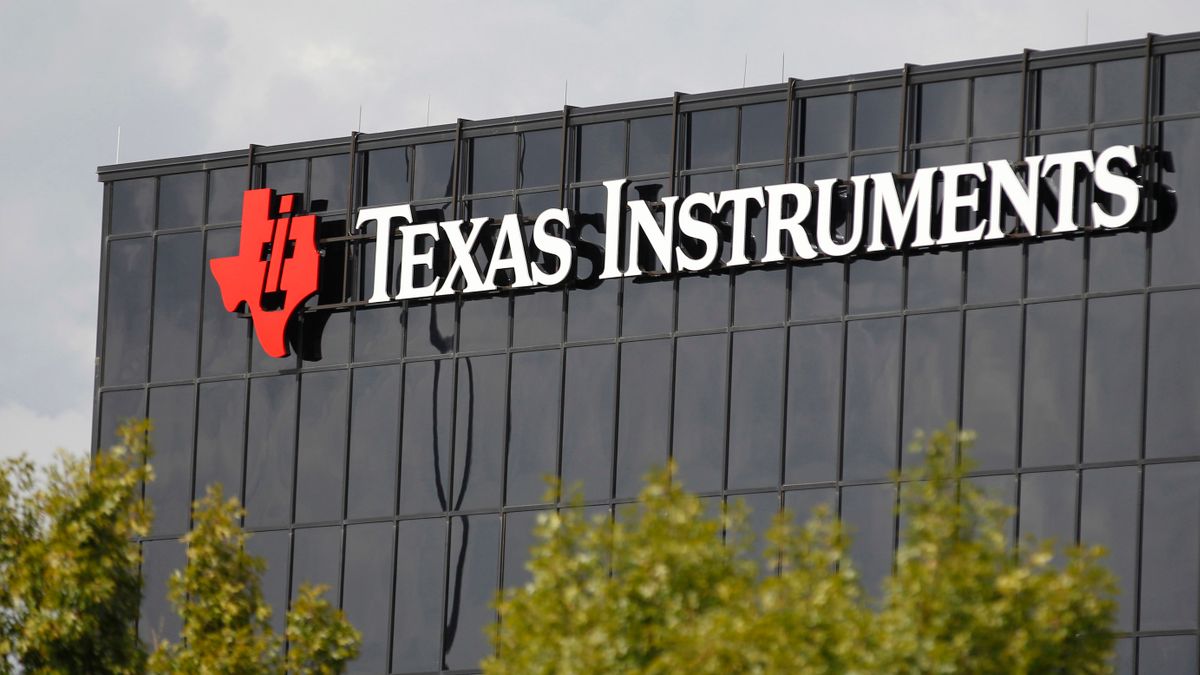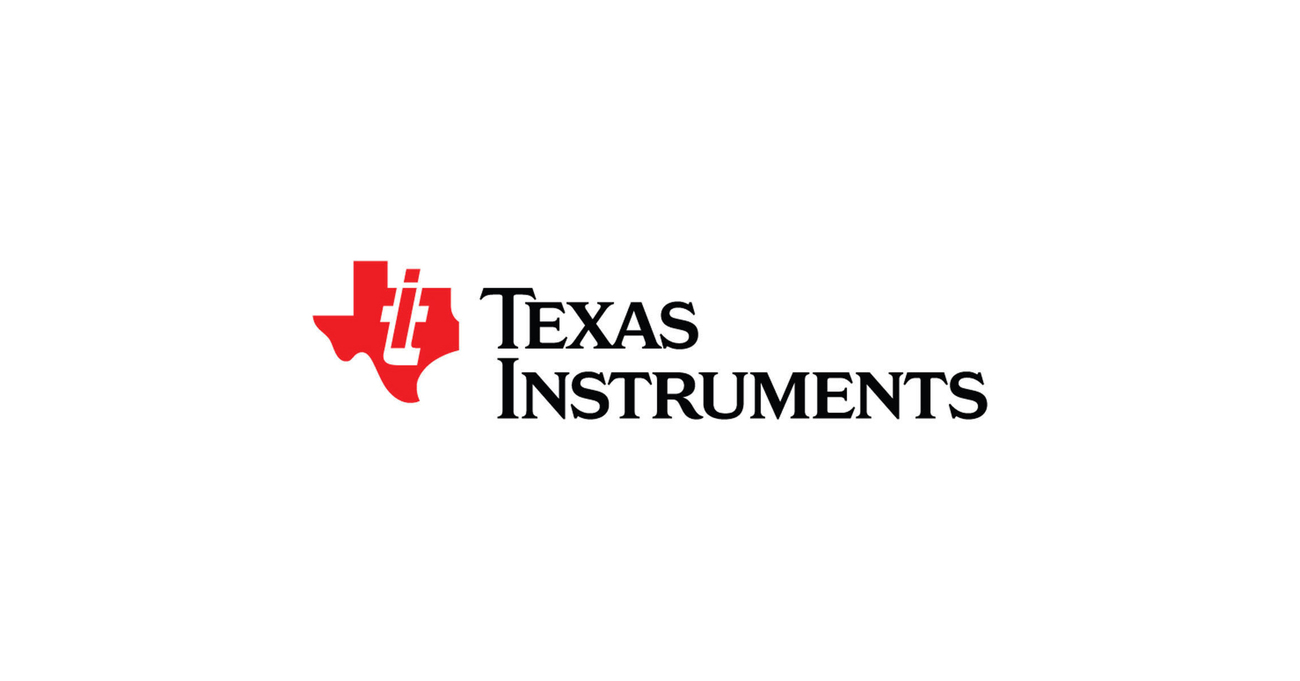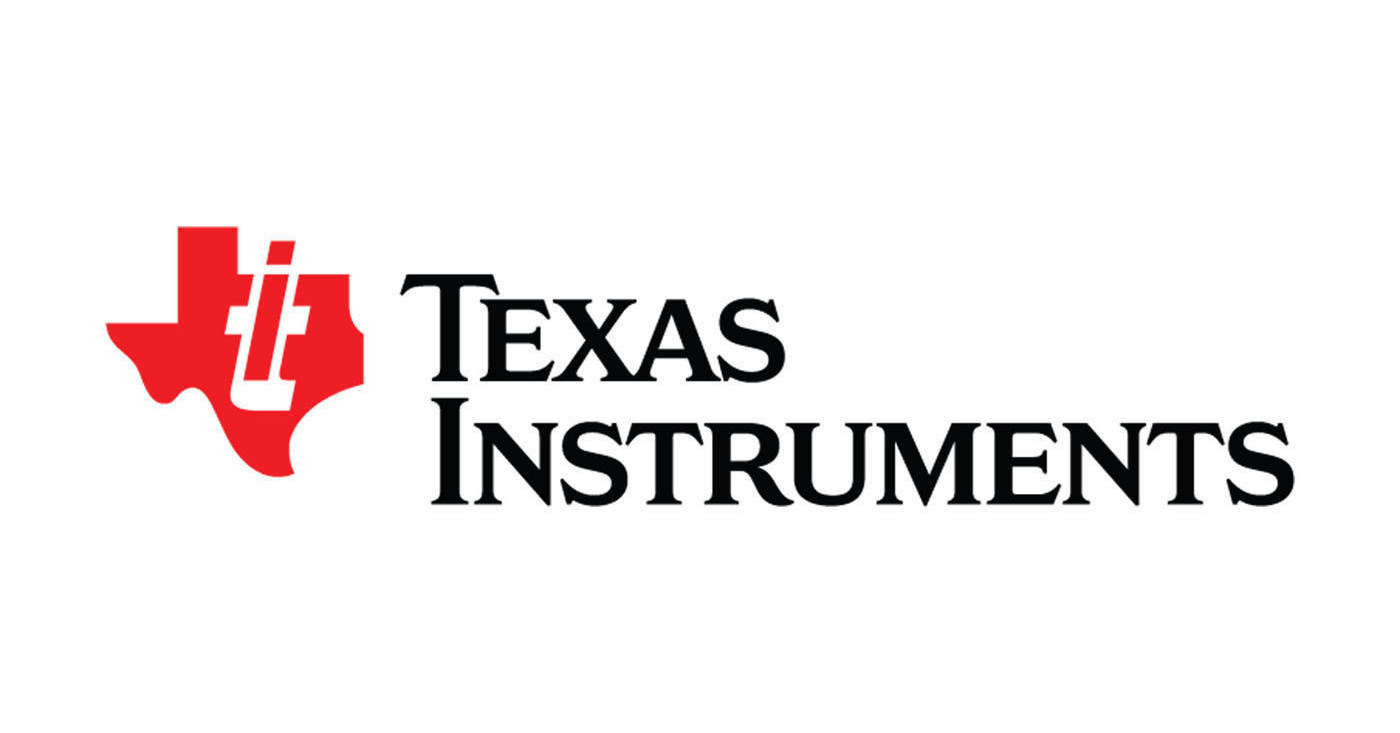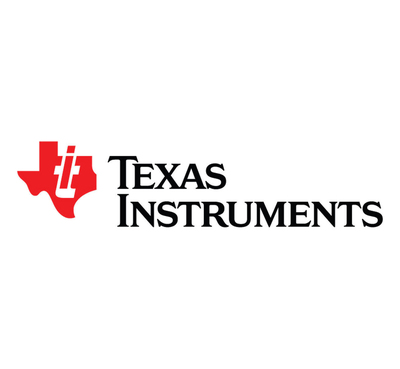Texas Instruments Incorporated (TXN) on Q2 2022 Results - Earnings Call Transcript
Dave Pahl: Welcome to Texas Instruments Second Quarter 2022 Earnings Release Conference Call. Today’s call is being recorded. I’m Dave Pahl, Head of Investor Relations, and I’m joined by our Chief Financial Officer, Rafael Lizardi. For any of you who missed the release, you can find it on our website at ti.com/ir. This call is being broadcast live over the web and can be accessed through our website. A replay will be available through the web. This call will include forward-looking statements that involve risks and uncertainties that could cause TI’s results to differ materially from management’s current expectations. We encourage you to review the notice regarding forward-looking statements contained in the earnings release published today, as well as TI’s most recent SEC filings, for a more complete description. Today, we’ll provide the following updates. First, I’ll start with a quick overview of the quarter. Next, I’ll provide insight into second quarter revenue results, with some details of what we are seeing with respect to our customers and markets. Lastly, Rafael will cover the financial results and our guidance for third quarter 2022. Starting with a quick overview of the quarter. Revenue in the quarter was $5.2 billion, an increase of 6% sequentially and 14% year-over-year, driven by growth across markets. Analog revenue grew 15%, Embedded Processing grew 5%, and our Other segment grew 19% from the year-ago quarter. Now let me comment on the environment in second quarter to provide some context of what we saw with our customers and markets. As we spoke about in our last earnings call, April started out weak from COVID-19 restrictions in China. As those restrictions began to ease towards the latter part of May and into June, customers began to pull product generally consistent with their prior demand forecasts at the start of the quarter. Moving on, I’ll provide some insight into our second quarter revenue by market from the year-ago quarter. First, the industrial market was up high-single digits and the automotive market was up more than 20%. We saw weakness throughout the quarter in personal electronics, which grew low-single digits. Next, communications equipment was up about 25%. Finally, enterprise systems was up mid-teens. Rafael will now review profitability, capital management and our outlook. Rafael Lizardi: Thanks, Dave, and good afternoon, everyone. As Dave mentioned, second quarter revenue was $5.2 billion, up 14% from a year ago. Gross profit in the quarter was $3.6 billion or 70% of revenue. From a year ago, gross profit margin increased 240 basis points. Operating expenses in the quarter were $836 million, up 2% from a year ago and about as expected. On a trailing 12-month basis, operating expenses were $3.2 billion or 17% of revenue. Restructuring charges were $66 million in the second quarter and are associated with the LFAB factory that we purchased in October of last year. Operating profit was $2.7 billion in the quarter or 52% of revenue. Operating profit was up 23% from the year-ago quarter. Net income in the second quarter was $2.3 billion or $2.45 per share. Let me now comment on our capital management results, starting with our cash generation. Cash flow from operations was $1.8 billion in the quarter. Capital expenditures were $597 million in the quarter and $2.8 billion over the last 12 months. Free cash flow on a trailing 12-month basis was $5.9 billion. In the quarter, we paid $1.1 billion in dividends and repurchased $1.2 billion of our stock. In total, we have returned $6.2 billion in the past 12 months. Our balance sheet remains strong with $8.4 billion of cash and short-term investments at the end of the second quarter. We retired $0.5 billion of debt in the quarter. Total debt outstanding was $7.3 billion with a weighted average coupon of 2.7%. Inventory dollars were up $139 million from the prior quarter to $2.2 billion and days were 125, down two days sequentially and below desired levels. Accounts receivable for this quarter ended at $2.2 billion, up from $1.6 billion a year ago. This increase primarily reflects the higher proportion of shipments made near the end of the quarter, as COVID-19 restrictions were lifted in China and customers began pulling product. For the third quarter, we expect TI revenue in the range of $4.90 billion to $5.30 billion and earnings per share to be in the range of $2.23 to $2.51. This outlook comprehends the weaker demand we see, particularly from customers in the personal electronics market. We expect our 2022 effective tax rate to be about 14%. Lastly, we and our customers remain pleased with the progress of our expansion of manufacturing capacity, which was outlined in our February Capital Management Call and will support the long-term secular trend of increased semiconductor content per system. We broke ground on the Sherman manufacturing complex in May and work continues at RFAB2 and LFAB to prepare for production output. In closing, we will stay focused in the areas that add value in the long-term. We continue to invest in our competitive advantages, which are manufacturing and technology, a broad product portfolio, reach of our channels, and diverse and long-lived positions. We will continue to strengthen these advantages through disciplined capital allocation and by focusing on the best opportunities, which we believe will enable us to continue to deliver free cash flow per share growth over the long-term. With that, let me turn it back to Dave. Dave Pahl: Thanks, Rafael. Operator, you can now open the lines for questions. In order to provide as many of you as possible an opportunity to ask your questions, please limit yourself to a single question. After our response, we’ll provide you an opportunity for an additional follow-up. Operator? Operator: Thank you. [Operator Instructions] We’ll take our first question from Stacy Rasgon with Bernstein Research. Please go ahead. Operator: We’ll take our next question from Vivek Arya with Bank of America. Please go ahead. Operator: We’ll take our next question from Ross Seymore with Deutsche Bank. Please go ahead. Operator: We’ll take our next question from Joe Moore, Morgan Stanley. Please go ahead. Operator: We’ll take our next question from Chris Danley with Citi. Please go ahead. Operator: We’ll take our next question from Toshiya Hari. Please go -- with Goldman Sachs. Please go ahead. Operator: We will take our next question from Harlan Sur with JPMorgan. Please go ahead. Operator: We’ll take our next question from C.J. Muse with Evercore. Please go ahead. Operator: We’ll take our last question from Ambrish Srivastava with BMO Securities. Please go ahead. Dave Pahl: So let me wrap up by reiterating what we have said previously. At our core, we’re engineers and technology is the foundation of our company. But ultimately, our objective and the best metric to measure progress and generate long-term value for owners is the growth of free cash flow per share. While we strive to achieve our objective, we will continue to pursue our three ambitions. We will act like owners who will own the company for decades. We will adapt and succeed in a world that’s ever changing. And we will be a company that we’re personally proud to be a part of and would want us our neighbors. When we’re successful, our employees, customers, communities and owners all benefit. Thank you and have a good evening. Operator: Ladies and gentlemen, this concludes today’s conference. We appreciate your participation. You may now disconnect.
Texas Instruments Tops Q2 Estimates But Shares Fall 11% on Cautious Outlook
Texas Instruments (NASDAQ:TXN) reported better-than-expected second-quarter results, fueled by a recovery in its key industrial segment. However, a cautious third-quarter outlook prompted an 11% drop in the stock in after-hours trading.
Q2 revenue climbed 16% year-over-year to $4.45 billion, landing at the high end of the company’s guidance and surpassing analyst expectations of $4.35 billion. Earnings per share came in at $1.41.
The company noted a 9% sequential revenue gain, driven by a “continued broad recovery in industrial,” its largest end market. Net income for the quarter totaled $1.30 billion.
Looking ahead, Texas Instruments guided Q3 revenue in the range of $4.45 billion to $4.80 billion and EPS between $1.36 and $1.60. This compares with the Street forecast of $4.55 billion in revenue and $1.49 EPS, suggesting a cautious view on the pace of demand recovery.

Texas Instruments Incorporated (NASDAQ:TXN) Price Target and Financial Outlook
- Timothy Arcuri from UBS set a price target of $255 for NASDAQ:TXN, indicating a potential increase of 18.84%.
- Analysts predict an earnings increase to $1.33 per share for the second quarter, up from $1.22 per share the previous year.
- The company's projected quarterly revenue is expected to reach $4.32 billion, an increase from $3.82 billion a year ago.
Texas Instruments Incorporated (NASDAQ:TXN) is a leading semiconductor company known for its innovative technology solutions. The company designs and manufactures semiconductors and various integrated circuits, which are used in electronics across industries. Texas Instruments competes with other major players in the semiconductor industry, such as Intel and Qualcomm.
On July 22, 2025, Timothy Arcuri from UBS set a price target of $255 for TXN. At the time, the stock was priced at $214.57, suggesting a potential increase of 18.84%. This optimistic outlook comes as Texas Instruments prepares to release its second-quarter earnings results, which are expected to show growth.
Analysts predict that Texas Instruments will report earnings of $1.33 per share for the second quarter, up from $1.22 per share in the same period last year. The company's projected quarterly revenue is expected to reach $4.32 billion, an increase from $3.82 billion a year ago. These figures indicate a positive trend in the company's financial performance.
Despite these positive expectations, Texas Instruments' shares experienced a slight decline of 1%, closing at $214.57 on Monday. The stock has traded between a low of $214.21 and a high of $219 today. Over the past year, the stock has reached a high of $221.69 and a low of $139.95, reflecting some volatility in its price.
Texas Instruments has a market capitalization of approximately $194.93 billion, indicating its significant presence in the semiconductor industry. The trading volume for the day is 8,217,255 shares, showing active investor interest. Additionally, the company's board of directors announced a quarterly cash dividend of $1.36 per share, highlighting its commitment to returning value to shareholders.

Texas Instruments (NASDAQ:TXN) Quarterly Earnings Preview
- Expected Earnings Per Share (EPS) is $1.06, with revenue projections at approximately $3.91 billion.
- The company faces challenges from the U.S.-China trade war and market slowdowns, yet has outperformed the Zacks Consensus Estimate in the past four quarters.
- Financial health indicators such as a P/E ratio of 27.67 and a current ratio of 4.12 suggest strong market valuation and liquidity.
Texas Instruments (NASDAQ:TXN) is a leading semiconductor company known for its analog and embedded processing products. As it prepares to release its quarterly earnings on April 23, 2025, analysts are closely watching the company's performance. The expected earnings per share (EPS) is $1.06, while revenue is projected to be around $3.91 billion.
The company's anticipated EPS range is between 94 cents and $1.16, with the Zacks Consensus Estimate aligning at $1.06. This marks an 11.7% decline from the previous year. Despite this, revenue expectations show a positive trend, with a projected increase of 6.7% from the same period last year, ranging between $3.74 billion and $4.06 billion.
Texas Instruments faces challenges from the ongoing U.S.-China trade war and tariff hikes, which may impact its performance. Additionally, a slowdown in industrial and automotive markets could affect its earnings. However, the company has a strong track record, consistently surpassing the Zacks Consensus Estimate in the last four quarters with an average surprise of 8.9%.
The company's financial metrics provide insight into its market valuation. With a price-to-earnings (P/E) ratio of 27.67 and a price-to-sales ratio of 8.47, Texas Instruments is valued highly by the market. Its enterprise value to sales ratio is 9.14, and the enterprise value to operating cash flow ratio is 22.62, indicating robust financial health.
Texas Instruments maintains a solid liquidity position, with a current ratio of 4.12, reflecting its ability to cover short-term liabilities. The debt-to-equity ratio of 0.80 shows moderate financial leverage. These metrics, combined with an earnings yield of 3.61%, highlight the company's financial stability and potential for future growth.

Texas Instruments (NASDAQ:TXN) Quarterly Earnings Preview
- Expected Earnings Per Share (EPS) is $1.06, with revenue projections at approximately $3.91 billion.
- The company faces challenges from the U.S.-China trade war and market slowdowns, yet has outperformed the Zacks Consensus Estimate in the past four quarters.
- Financial health indicators such as a P/E ratio of 27.67 and a current ratio of 4.12 suggest strong market valuation and liquidity.
Texas Instruments (NASDAQ:TXN) is a leading semiconductor company known for its analog and embedded processing products. As it prepares to release its quarterly earnings on April 23, 2025, analysts are closely watching the company's performance. The expected earnings per share (EPS) is $1.06, while revenue is projected to be around $3.91 billion.
The company's anticipated EPS range is between 94 cents and $1.16, with the Zacks Consensus Estimate aligning at $1.06. This marks an 11.7% decline from the previous year. Despite this, revenue expectations show a positive trend, with a projected increase of 6.7% from the same period last year, ranging between $3.74 billion and $4.06 billion.
Texas Instruments faces challenges from the ongoing U.S.-China trade war and tariff hikes, which may impact its performance. Additionally, a slowdown in industrial and automotive markets could affect its earnings. However, the company has a strong track record, consistently surpassing the Zacks Consensus Estimate in the last four quarters with an average surprise of 8.9%.
The company's financial metrics provide insight into its market valuation. With a price-to-earnings (P/E) ratio of 27.67 and a price-to-sales ratio of 8.47, Texas Instruments is valued highly by the market. Its enterprise value to sales ratio is 9.14, and the enterprise value to operating cash flow ratio is 22.62, indicating robust financial health.
Texas Instruments maintains a solid liquidity position, with a current ratio of 4.12, reflecting its ability to cover short-term liabilities. The debt-to-equity ratio of 0.80 shows moderate financial leverage. These metrics, combined with an earnings yield of 3.61%, highlight the company's financial stability and potential for future growth.

Texas Instruments Beats Q4 Estimates but Soft Guidance Weighs on Shares
Texas Instruments (NASDAQ:TXN) delivered stronger-than-expected fourth-quarter earnings and revenue, but its cautious guidance for the current quarter overshadowed the results, leading to a more than 4% drop in premarket trading.
For the quarter, the company reported earnings of $1.30 per share on revenue of $4.01 billion, surpassing analyst expectations of $1.21 per share and $3.9 billion in sales. Despite this solid performance, investors were unsettled by weaker forward-looking projections.
Chief Executive Officer Haviv Ilan highlighted significant challenges in the company's key automotive and industrial segments during the post-earnings call. Automotive chip sales faced "significant weakness," with slower-than-expected growth in China compared to the previous quarter. Meanwhile, the industrial division, responsible for chips used in factory automation, experienced "modest sequential declines," reflecting softening demand in key markets.
For the first quarter, Texas Instruments provided a subdued outlook, projecting earnings per share between $0.94 and $1.16 and revenue ranging from $3.74 billion to $4.06 billion. Both figures fall short of market expectations, with analysts forecasting $1.17 per share in earnings and $3.85 billion in revenue.

Texas Instruments Beats Q4 Estimates but Soft Guidance Weighs on Shares
Texas Instruments (NASDAQ:TXN) delivered stronger-than-expected fourth-quarter earnings and revenue, but its cautious guidance for the current quarter overshadowed the results, leading to a more than 4% drop in premarket trading.
For the quarter, the company reported earnings of $1.30 per share on revenue of $4.01 billion, surpassing analyst expectations of $1.21 per share and $3.9 billion in sales. Despite this solid performance, investors were unsettled by weaker forward-looking projections.
Chief Executive Officer Haviv Ilan highlighted significant challenges in the company's key automotive and industrial segments during the post-earnings call. Automotive chip sales faced "significant weakness," with slower-than-expected growth in China compared to the previous quarter. Meanwhile, the industrial division, responsible for chips used in factory automation, experienced "modest sequential declines," reflecting softening demand in key markets.
For the first quarter, Texas Instruments provided a subdued outlook, projecting earnings per share between $0.94 and $1.16 and revenue ranging from $3.74 billion to $4.06 billion. Both figures fall short of market expectations, with analysts forecasting $1.17 per share in earnings and $3.85 billion in revenue.

Texas Instruments Incorporated (NASDAQ:TXN) Surpasses Earnings Expectations
- Texas Instruments Incorporated (NASDAQ:TXN) reported earnings per share (EPS) of $1.30, beating the estimated $1.20, with revenue of approximately $4.01 billion, surpassing the $3.88 billion estimate.
- The company's stock price declined after the earnings forecast failed to meet market expectations, highlighting the importance of forward-looking guidance in influencing investor sentiment.
- Despite a cautious outlook and predictions of a market decline, options traders are showing optimism, with a significant increase in call options traded.
Texas Instruments Incorporated (NASDAQ:TXN) is a leading player in the semiconductor industry, known for designing and manufacturing analog and embedded processing chips. The company competes with other major semiconductor firms like Intel and Qualcomm. On January 23, 2025, TXN reported earnings per share (EPS) of $1.30, surpassing the estimated $1.20, and actual revenue of approximately $4.01 billion, exceeding the estimated $3.88 billion.
Despite these positive results, TXN's stock price declined after the earnings forecast failed to meet market expectations, as highlighted by Investopedia. The company's outlook for future earnings was less optimistic, leading to a drop in share value after the market closed. This reaction underscores the importance of forward-looking guidance in influencing investor sentiment.
The financial results for the fourth quarter of 2024 showed a net income of $1.21 billion, with EPS recorded at $1.30, including a 2-cent benefit not anticipated in the original guidance. Analysts from Citi have commented on the semiconductor sector, predicting a decline in overall market expectations due to weak estimates from analog chipmakers and decreased demand for personal computers. Specifically, they anticipate TXN's first-quarter forecast will fall short due to weak industrial demand.
Despite the cautious outlook, options traders are showing optimism, with 10,000 call options traded, double the usual intraday volume. The February 195 call is particularly popular, with many new positions being established. Historically, TXN has only seen its stock price rise in two of the last eight post-earnings sessions, indicating a pattern of volatility following earnings announcements.
TXN's financial metrics provide further insight into its market position. The company has a price-to-earnings (P/E) ratio of approximately 36.89, indicating the amount investors are willing to pay for each dollar of earnings. The price-to-sales ratio stands at about 11.65, reflecting the market's valuation of its revenue. Additionally, the enterprise value to sales ratio is around 12.41, suggesting how the market values the company's total worth relative to its sales. The debt-to-equity ratio is approximately 0.84, indicating a moderate level of debt relative to equity, while the current ratio of about 4.31 suggests a strong ability to cover short-term liabilities with short-term assets.







